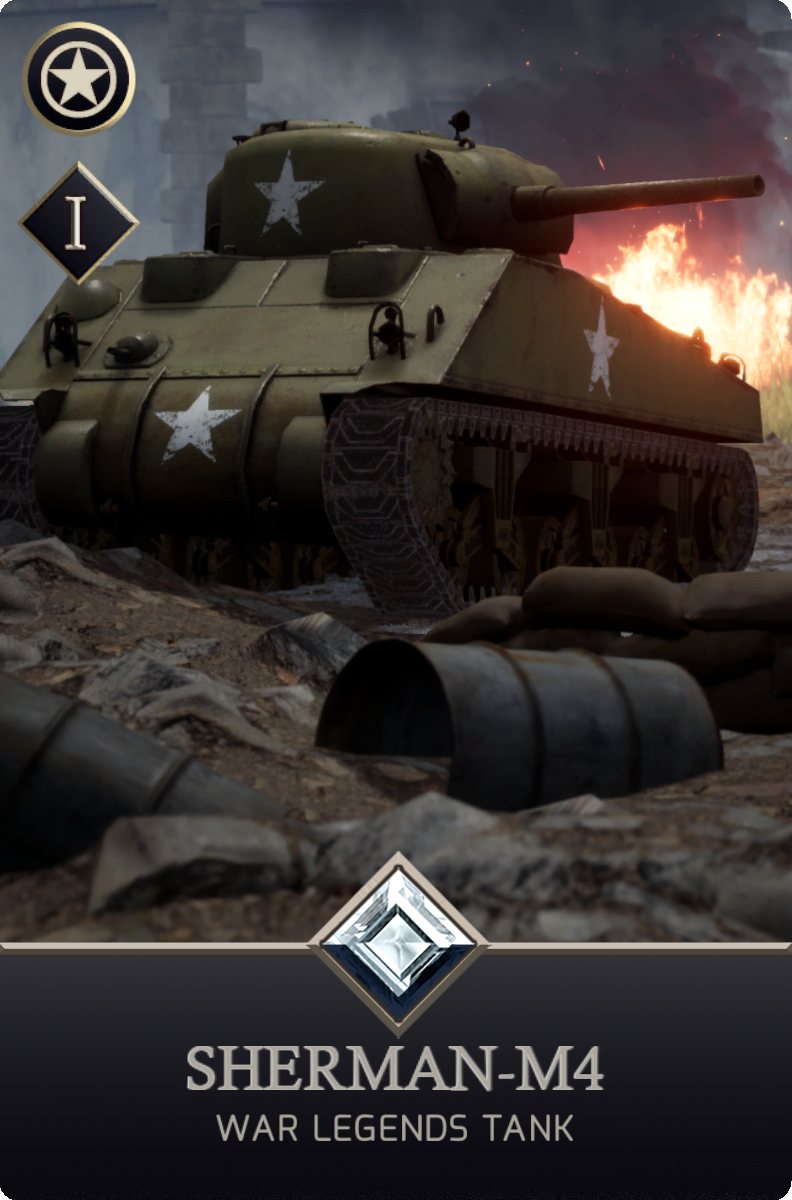


Tank Background
The M4 Sherman was the medium tank most widely used by the Western Allies and the United States during World War II. Reliable, cheap and in large numbers.
The M4's armor was effective against most tanks and anti-tank guns employed in the early stages of the war, but it needed a compound angle to resist the German tanks and anti-tank guns of the late war. This evolved from the M3 Lee but with a single-axis stabilizing swivel on its main armament mount.
Its ease of production helped to ensure that many were produced. And a significant investment in recovery and repair allowed these tanks to be returned to the field quickly. This helped provide numerical superiority and many infantry divisions received M4s and tank destroyers.
US doctrine stated that stopping enemy tank attacks was primarily due to towed and self-propelled anti-tank guns, both called "tank destroyers", with allied tanks being used in support if possible. Although it was not carried out because it proved impractical.
The Sherman had good speed. In the desert, the Sherman's rubber-soled tracks worked well. In the hilly terrain of Italy, the Sherman could reach terrain where German tanks could not. However, in soft, snowy or muddy terrain, the relatively narrow tracks caused the tank to sink. Soviet experiences were similar, and so the width was modified to improve grip in snow.








